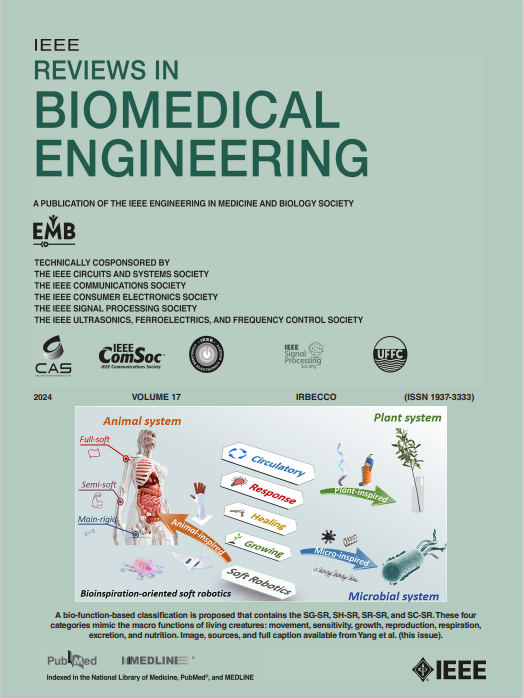A Survey on Mathematical, Machine Learning and Deep Learning Models for COVID-19 Transmission and Diagnosis
IF 17.2
1区 工程技术
Q1 ENGINEERING, BIOMEDICAL
引用次数: 47
Abstract
COVID-19 is a life threatening disease which has a enormous global impact. As the cause of the disease is a novel coronavirus whose gene information is unknown, drugs and vaccines are yet to be found. For the present situation, disease spread analysis and prediction with the help of mathematical and data driven model will be of great help to initiate prevention and control action, namely lockdown and qurantine. There are various mathematical and machine-learning models proposed for analyzing the spread and prediction. Each model has its own limitations and advantages for a particluar scenario. This article reviews the state-of-the art mathematical models for COVID-19, including compartment models, statistical models and machine learning models to provide more insight, so that an appropriate model can be well adopted for the disease spread analysis. Furthermore, accurate diagnose of COVID-19 is another essential process to identify the infected person and control further spreading. As the spreading is fast, there is a need for quick auotomated diagnosis mechanism to handle large population. Deep-learning and machine-learning based diagnostic mechanism will be more appropriate for this purpose. In this aspect, a comprehensive review on the deep learning models for the diagnosis of the disease is also provided in this article.



新冠肺炎传播与诊断的数学、机器学习和深度学习模型综述
新冠肺炎是一种威胁生命的疾病,具有巨大的全球影响。由于该疾病的病因是一种基因信息未知的新型冠状病毒,药物和疫苗尚未找到。就目前的情况而言,借助数学和数据驱动的模型对疾病传播进行分析和预测,将有助于启动预防和控制行动,即封锁和qurantine。有各种数学和机器学习模型被提出用于分析传播和预测。对于特定的场景,每个模型都有自己的局限性和优势。本文回顾了新冠肺炎最先进的数学模型,包括区间模型、统计模型和机器学习模型,以提供更多的见解,从而可以很好地采用适当的模型进行疾病传播分析。此外,准确诊断新冠肺炎是识别感染者和控制进一步传播的另一个重要过程。由于传播速度快,因此需要快速的辅助诊断机制来处理大量人群。基于深度学习和机器学习的诊断机制将更适合于此目的。在这方面,本文还对用于诊断该疾病的深度学习模型进行了全面的综述。
本文章由计算机程序翻译,如有差异,请以英文原文为准。
求助全文
约1分钟内获得全文
求助全文
来源期刊

IEEE Reviews in Biomedical Engineering
Engineering-Biomedical Engineering
CiteScore
31.70
自引率
0.60%
发文量
93
期刊介绍:
IEEE Reviews in Biomedical Engineering (RBME) serves as a platform to review the state-of-the-art and trends in the interdisciplinary field of biomedical engineering, which encompasses engineering, life sciences, and medicine. The journal aims to consolidate research and reviews for members of all IEEE societies interested in biomedical engineering. Recognizing the demand for comprehensive reviews among authors of various IEEE journals, RBME addresses this need by receiving, reviewing, and publishing scholarly works under one umbrella. It covers a broad spectrum, from historical to modern developments in biomedical engineering and the integration of technologies from various IEEE societies into the life sciences and medicine.
 求助内容:
求助内容: 应助结果提醒方式:
应助结果提醒方式:


